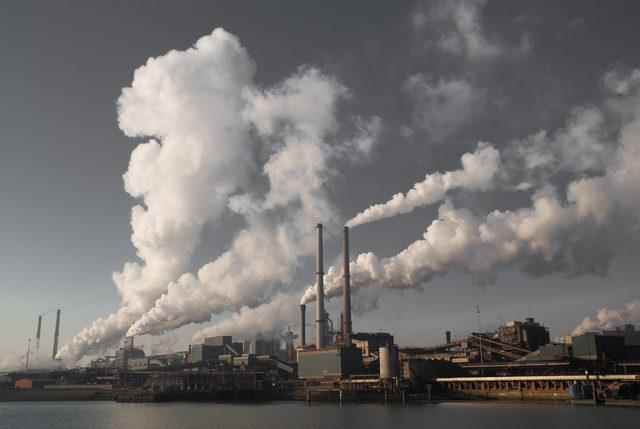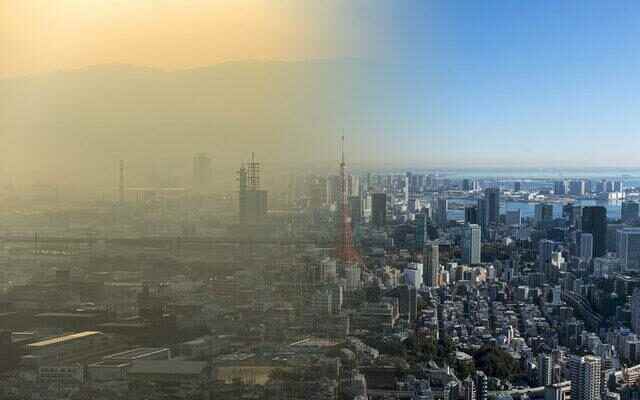The World Health Organization (WHO) announced that 99 percent of the world’s population has bad breath. In the report, it was emphasized that 99 percent of the world’s population lives below WHO’s quality air standards and in air conditions that threaten human health.
MORE DANGER IN MEDIUM AND LOW INCOME COUNTRIES
It was shared that the air in all of the countries and cities examined contains fine particulate matter and nitrogen dioxide at a rate harmful to the body, and that these elements are mostly found in the air in middle and low-income countries.
HARMFUL SUBSTANCE RATE INCREASED MORE THAN 6 TIMES IN 11 YEARS
It has been recorded that the rates of PM2.5 and PM10, which measure the amount of harmful particulate matter in the air, have increased more than 6 times in the last 11 years in approximately 2,000 cities.
It has been reported that these particulate substances may enter the lungs and blood circulation through inhalation and cause paralysis and respiratory diseases.
WHO RECOMMENDED
In accordance with the WHO Air Quality Directive, countries are asked to “identify sources of air pollution by regularly monitoring air quality”, “promote the use of environmentally friendly energy for daily needs such as cooking, heating and lighting”, “develop public transport facilities to reduce the use of personal vehicles in cities”. recommendations were made to “adopt renewable energy generating housing policies”, “strengthen the local waste management industry” and “reduce agricultural waste incineration”.

13 MILLION PEOPLE LOSE LIVES
By sharing the data that preventable environmental problems cause the death of more than 13 million people in the world annually, a call was made to the international community to “protect the health of people and the universe” before 7 April World Health Day.
WHO Director-General, Dr. Tedros Adhanom Ghebreyesus stated that the current concerns about air pollution caused by energy consumption reveal the importance of the need for environmentally friendly energy. underlines,” he said.
